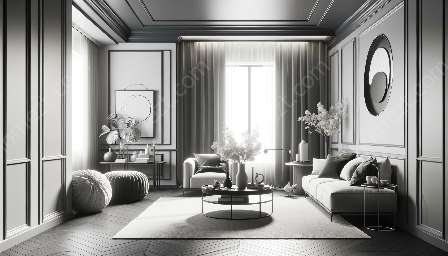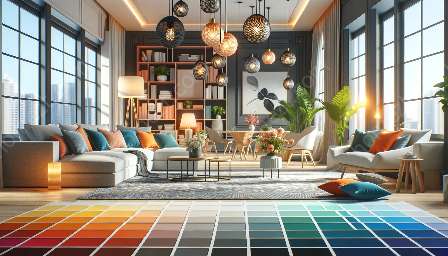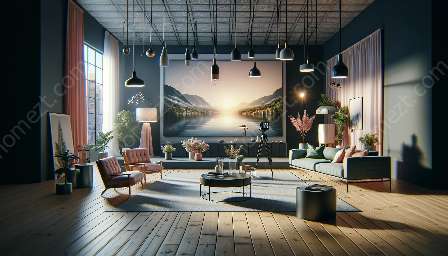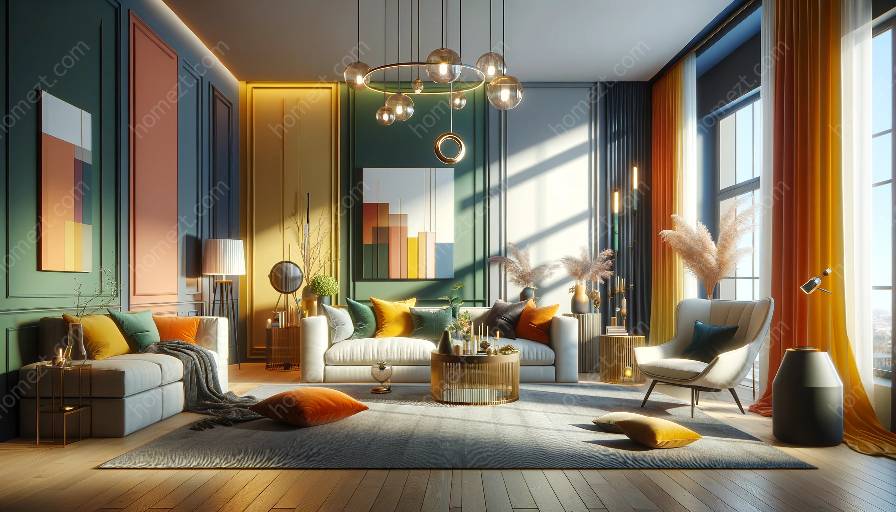Introduction to Tertiary Colors
Tertiary colors play a crucial role in both color theory and home furnishings. Understanding these colors and how to apply them can significantly enhance the aesthetic appeal of your living space. Tertiary colors are created by mixing a primary color with a secondary color, resulting in a unique and complex color palette that adds depth and vibrancy to any environment.
Understanding Tertiary Colors
Tertiary colors are derived from the combination of a primary color and a secondary color in equal parts, resulting in a total of six tertiary colors. These colors are situated between primary and secondary colors on the color wheel, offering a diverse range of hues that can be utilized in various design contexts. By blending primary and secondary colors, tertiary colors inherit characteristics from both parent colors, creating a rich and multidimensional appearance.
Applying Tertiary Colors in Home Furnishings
When it comes to interior design, tertiary colors can be employed to add depth, contrast, and visual interest to various home furnishings. Whether it's through furniture, wall paint, decorative accessories, or textiles, incorporating tertiary colors can elevate the overall ambiance of a space. By strategically integrating these colors, you can create a cohesive and visually captivating interior design scheme that reflects your personal style and aesthetic preferences.
Color Theory and Tertiary Colors
Color theory provides a framework for understanding the relationships between colors and how they interact to create harmonious compositions. Tertiary colors are an essential component of color theory, as they bridge the gap between primary and secondary colors, offering a wide range of possibilities for artistic expression and design. By mastering the principles of color theory and the use of tertiary colors, designers and homeowners can effectively manipulate the visual impact of a space, evoking specific emotions and moods.
Impact of Tertiary Colors in Interior Design
The application of tertiary colors in interior design can greatly influence the ambiance and atmosphere of a room. Whether it's through the selection of a focal wall color, the integration of accent pieces, or the coordination of complementary elements, tertiary colors can infuse vitality and character into a space. Understanding the psychological effects of different tertiary colors is essential for creating an environment that is both visually appealing and emotionally engaging.
Conclusion
Tertiary colors are a dynamic and versatile element in color theory and interior design. By exploring the intricacies of these colors and their application in home furnishings, you can unleash a world of creative possibilities. Whether you seek to enliven a room with vibrant hues or create a soothing and harmonious environment, the judicious use of tertiary colors can transform any living space into a work of art.
You can use this knowledge to confidently select and implement tertiary colors in your home, elevating your interior design to new heights of sophistication and allure.





